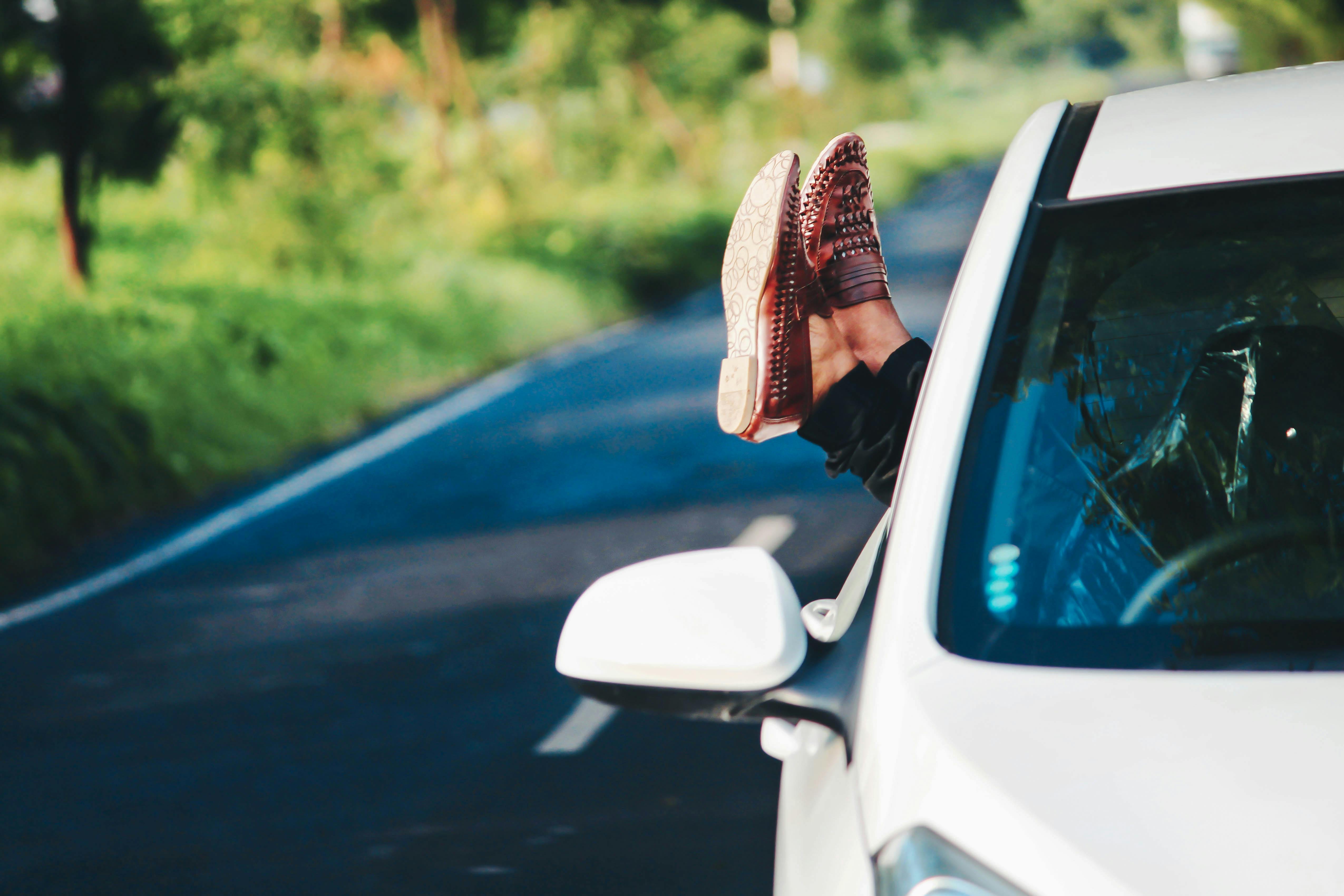This mountain town has a unique and magnificent beauty, but somehow fails to attract the visitors it deserves, mainly due to a reputation for having street vendors roaming like flies. Deserved or not, forewarned is forewarned.
Many people like to go to Kintamani through Ubud, but I prefer to go through Badung Regency via Mambal. The reason? Along the way, I stop at Pelaga, where Argo Bagus Pelaga sits motionless surrounded by greenery, and burst into a cup of hot coffee while feasting my eyes on the colossal mystical feature of Puncak Mangu. I take a relaxing walk through its gardens enjoying the vegetable and fruit plantations that they grow naturally, before continuing my journey.
This route to Kintamani was not recommended for many years because the path was too narrow, steep and rocky. Today the road is smooth and a long high bridge has replaced the old bridge. Crossing that bridge was another delightful experience with the thick forest and valley coming together in a brilliant color scheme of green, yellow and brown coming together as a picturesque landscape below the bridge. At the end of the bridge, a town called Catur welcomes the traveler with an orange grove. This town is also the source of Arabian coffee. As I rolled down the window, the wind blew with the sweet fragrance of oranges mixed with the warm aroma of coffee, hard not to stop again!
Kintamani, located in Bangli Regency, about 50 km from Denpasar, is only a few kilometers from the town of Catur. You know you’ve entered the city when you see a row of restaurants on both sides of the road. I can’t recommend any restaurant for their food, but I can say that most of the restaurants have access to the beautiful view of Bali’s largest lake, Lake Batur, and the thick pine forests.
It was raining when I got to Kintamani. The mist was like a thick blanket that covered the entire area. Some tour buses had stopped at restaurants, and aggressive vendors swarmed the tourists like ants attacking sugar. Without a doubt, this is a practice that local authorities must combat harshly.
Tears fell from above, wetting and blackening the paved road. The wheels moved smoothly on the steep, winding road that led me to Lake Batur, descending from the rim of the crater to the fishing ground. Lake Batur functions as a source of irrigation for the farmers around it. The car stopped at the port because I wanted to cross the lake to the village of Tenganan, but unfortunately I had to cancel the trip due to bad weather. There weren’t that many street vendors, but one was enough to irritate me. Once I got out of the car, the lady selling accessories like a beaded necklace and bracelet stuck to me like a stamp. Reemphasizing the need to go to this area with a reliable guide. Despite the hassle, however, the luscious scenery is worth the trip.
After so many clicks capturing the colors of nature, my journey continued to Toya Bungkah. Mount Batur, the active volcano, stands proud as the backdrop to my journey. The road is built in the middle of a vast lava field. Since the year 1800, the volcano has erupted 24 times, so it’s no wonder it has produced so many volcanic rocks that spectacularly decorate the side of the road from Lake Batur to Toya Bungkah. Toya Bungkah is popularly known for its natural hot springs. In this area you can submerge your body in the hot pools. Overall a great experience but be prepared for street vendors!
